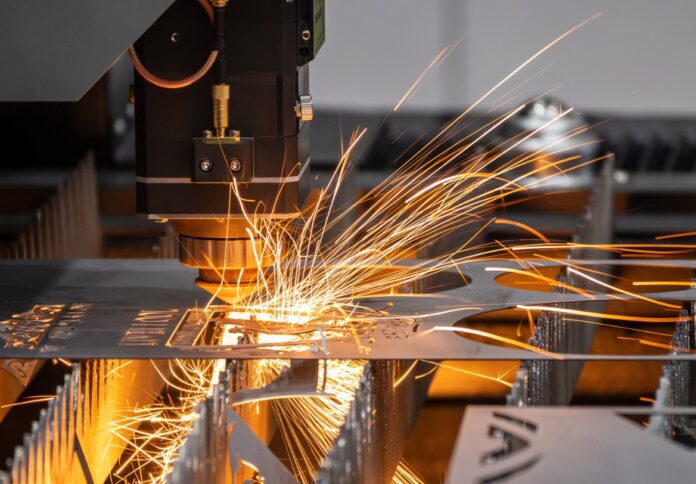
Weld Australia has called on the Federal Government to urgently invest in its vocational welding training program, following the release of a new Productivity Commission report showing Australia is failing to meet most of its Closing the Gap targets, particularly in areas such as Indigenous incarceration and youth detention.
According to the report, Indigenous Australians are being incarcerated at more than 10 times the rate of non-Indigenous Australians, with over 2,300 Indigenous adults per 100,000 currently in prison.
The data also revealed rising rates of youth detention and suicide, prompting renewed warnings from advocates and experts that the country risks “losing another generation to the system” without immediate reform.
Geoff Crittenden, CEO of Weld Australia, said the figures were deeply concerning but not unexpected. “The numbers released are heartbreaking, but they’re not surprising. We’ve known for years that punitive, ‘tough-on-crime’ policies do not work for Indigenous communities. What does work is education, dignity, and opportunity, especially through access to employment. That’s what our welding program delivers,” he said.
Weld Australia’s training program, which is currently operating across 10 correctional facilities in Victoria, has been highlighted as a model for effective rehabilitation.
Delivered in partnership with Federation University, the program equips participants with internationally recognised welding qualifications and connects them with employment and support services prior to release.
“Prisoners who complete VET training are 78% more likely to stay out of prison five years post-release,” Crittenden said. “This is the kind of measurable, transformative outcome we need to close the gap. Not another report, not more empty promises.”
The initiative uses augmented reality simulators alongside hands-on welding training and aims to create viable employment pathways, particularly for Indigenous Australians who face significant barriers to reintegration after incarceration.
Despite positive results in Victoria, Weld Australia said no other state or territory has agreed to implement or fund the program.
“Despite the evidence and our repeated lobbying efforts, no other government has taken this opportunity seriously,” Crittenden said. “[The] report should be a wake-up call. We need national investment in rehabilitation, not incarceration. The welding program should be rolled out nationally, starting with youth justice centres and regional communities.”
With the welding industry projected to face a shortfall of 70,000 skilled workers by 2030, Weld Australia said the program could also help address ongoing labour shortages while reducing recidivism.
“This isn’t just about skills. It’s about dignity through employment. It’s about giving people, especially young Indigenous Australians, a future that doesn’t start and end behind bars,” said Crittenden.
Weld Australia is urging the Federal Government to work with state and territory counterparts to fund a national rollout of the initiative, particularly in areas with rising incarceration rates and pressure on youth justice systems.
“It’s time to stop managing disadvantage and start investing in solutions,” Crittenden said. “If we’re serious about Closing the Gap, let’s fund programs that are proven to work.”
















